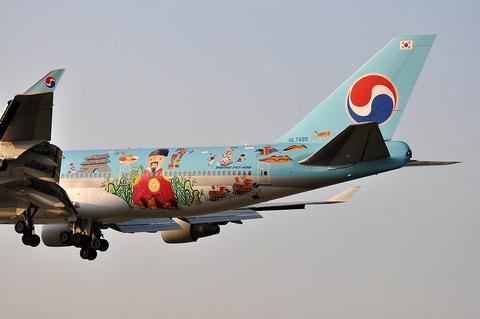Aviation History and Photos Blog | PlaneTags™
Welcome to Korea: KAL’s Boeing 747-400
Veterans Day 2019: Celebrating The Battle Of Midway
Douglas DC-7: Piston Powered From Coast to Coast
Convair B-36: An Intercontinental Bomber That Kept The Peace
The Soplata Collection: Preserving Planes for over 70 years
Celebrating The 80th National Aviation Day: A Look Back at 1939
Eighty years ago, President Franklin D. Roosevelt declared August 19th as National Aviation Day. The date was chosen to honor the aviation pioneer himself, Orville Wright, born August 19th, 1871. Since then, it has become a day for celebration in the United States, and a time to honor the development of aviation.
1939 was a busy year in global and aviation history. Records were being set for speed and distance by planes such as the Boeing XB-15 and Lockheed XP-38. That year, the Yankee Clipper, a Boeing 314 flying boat, inaugurated the world's first regular transatlantic air mail service, followed soon after by Dixie Clipper’s regular transatlantic flights from New York to England. The Guba II, a PBY-2 Catalina flying boat, made the first flight ever across the Indian Ocean.
Celebrate National Aviation Day With MotoArt PlaneTags
Curtiss P-40 Warhawk: The Frontline Fighter That Won The Pacific
The Curtiss P-40 Warhawk fighter/ground-attack aircraft was one of WW II’s most famous fighters. The P-40 was easier to build and maintain than the other USAFF fighters at the time, and was in large-scale production such that nearly 14,000 were built by 1944, making it one of the most produced American fighters. It remained on the frontline until the war’s end. Known for its fierce “shark mouth” nose art and its versatility, it was used by most Allied countries. The famous Flying Tigers flew the P-40s in the Pacific theater and achieved notable success defending China and attacking Japan, helping to turn the tide for the Allies.


